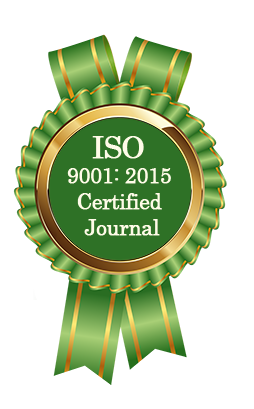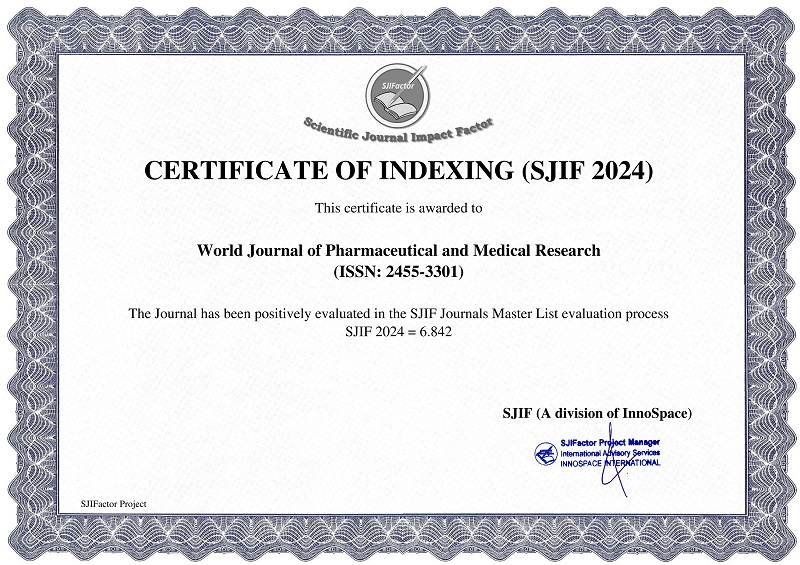ASSESSMENT OF ANTIFUNGAL ACTIVITY AND ANTI-NUTRITIONAL FACTORS OR PHYTOCHEMICAL PROFILING OF HIMALAYAN ELEUSINE CORACANA L
Nishat Anjum*
ABSTRACT
Finger millet (Eluesine coracana L.) or ragi occupies significant position in India in terms of production and utilization and in entire world. It is one of the most stable food crops. Finger millet is superior to rice and wheat with respect to mineral, fiber and micronutritient contents. Is a staple food in Africa and Asia, particularly in semi-arid regions. It's an annual, self-pollinated tetraploid cereal crop cultivated for its nutritious seeds. Finger millet is considered a drought-tolerant crop, though it prefers moderate rainfall. The emerging significance of natural antimicrobial agents creates an imperative need to identify novel plant sources with antimicrobial activities. Its utilization in the daily dietary at present is very limited in rural areas only. Generally it is prepared from refined wheat flour and is a rich source of protein, fat and carbohydrates but limiting in minerals and dietary fibers. Finger millet (mandua) flour is rich in minerals like iron, calcium, phosphorus, fiber and vitamin contents. Finger millet is a good source of protein, calcium, iron, and fiber, and is also a source of essential amino acids like thiamine and riboflavin. In summary, Eleusine coracana, or finger millet, is a nutritious and climate-resilient cereal crop that plays a vital role in food security and nutrition in many parts of the world May help manage blood sugar levels, improve nerve growth factor production, and aid in wound healing. It's also a source of antioxidants and phenolics.
[Full Text Article] [Download Certificate]



